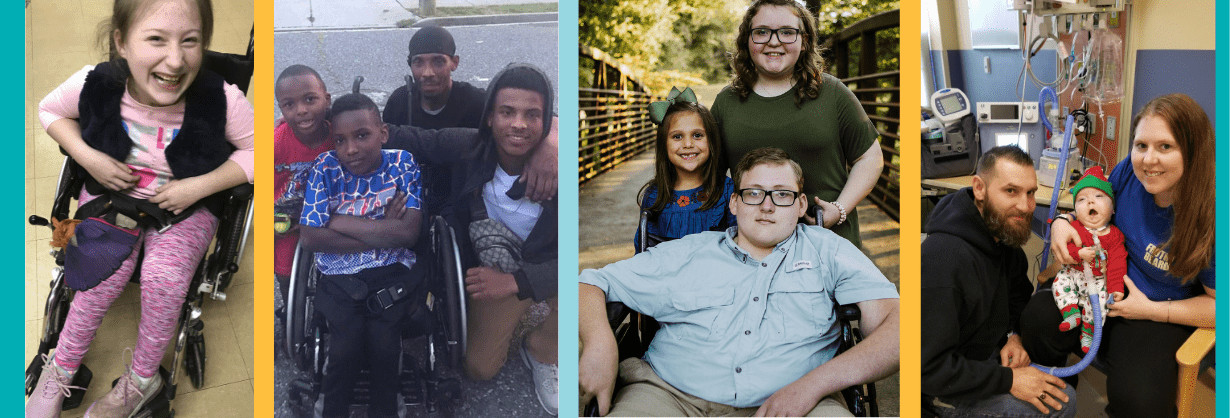
MobilityWorks
Accessibility for all: Helping people connect with who and what matters most
Searching...
No results found. Please try modifying your search.
Medical care costs from spina bifida can last a lifetime. Discover how fundraising with our nonprofit can help you pay for spina bifida treatment and care.
Spina bifida is a lifelong condition that affects thousands of families across the U.S. The emotional and financial challenges that come with ongoing medical care, therapies, and support services can be overwhelming.
Understanding the true costs of care, from surgeries to everyday medical needs, is the first step toward finding the help and resources your family needs to navigate the journey. Connect with Help Hope Live and learn about fundraising options that can make a significant difference in managing the emotional and financial burdens of spina bifida.
Adults with spina bifida may face a wide range of medical and related expenses to maintain their health, mobility, and independence as they age. Common expenses include:
The costs of treating and managing spina bifida can be overwhelming for families. Spina bifida is a complex condition that often requires lifelong medical care, surgeries, equipment, rehabilitation, and support services. Navigating the financial challenges of spina bifida is difficult, and insurance rarely covers everything.
Families managing spina bifida may face many out-of-pocket costs, including:
Even with insurance, many essential expenses—like specialized therapies, equipment, and home modifications—may not be fully covered.
At Help Hope Live, we help families living with spina bifida access the financial support they need. Through trusted, community-based medical fundraising, our nonprofit empowers families to raise funds for the critical medical and related expenses that insurance does not cover. If you need help with spina bifida costs, start a campaign or support a family in need today.
Establishing greater support for spina bifida patients is one of our goals at Help Hope Live. Through community-based fundraising, our nonprofit organization is dedicated to helping those in need raise funds for medical treatment costs associated with surgery and ongoing support for patients with spina bifida.
The fundraising process with our nonprofit starts with a few simple steps:
We are a nonprofit with more than four decades of fundraising experience and a 4-star Charity Navigator rating.
Here are a few Help Hope Live fundraising success stories:

Nick Hansberger is a well-known and well-loved member of his community and a hardworking professional with two jobs. Born with spina bifida, Nick has been experiencing deteriorating mobility and independence—by 2021, he was no longer able to walk or operate a vehicle, even with adaptive controls.
As a result of his mobility restrictions, Nick uses his motorized wheelchair to travel the mile-and-a-half to each job, even through inclement weather and physical discomfort.
His community started a fundraising campaign with Help Hope Live to bring reliable transportation within reach for Nick. They have nearly surpassed their first $50,000 fundraising goal in just four months of fundraising.
Paul Buckman was planning to retire when he fell in his bedroom and began living with quadriplegia.
Help Hope Live provided a tax-deductible, secure, and medically verified way for his community to help during a time of overwhelming need. In 2018, his family purchased an accessible van thanks to their fundraising campaign.
If you choose to fundraise with our nonprofit, here’s how the process will look:
1. APPLY for assistance
2. YOU’LL BE PAIRED with a Client Services Coordinator
3. YOUR COORDINATOR will provide you with one-on-one fundraising help, including personalized fundraising materials and guidance on how to rally your community, share your story on social media, reach out to the press, plan in-person or virtual fundraising events, and more.
Need Other Financial Help Options?
For alternatives to fundraising, you can find information on a variety of other financial assistance options. Please view our Catastrophic Illness Resource Directory for insight into sources of direct financial aid, support groups, and other resources for spina bifida patients and their families.